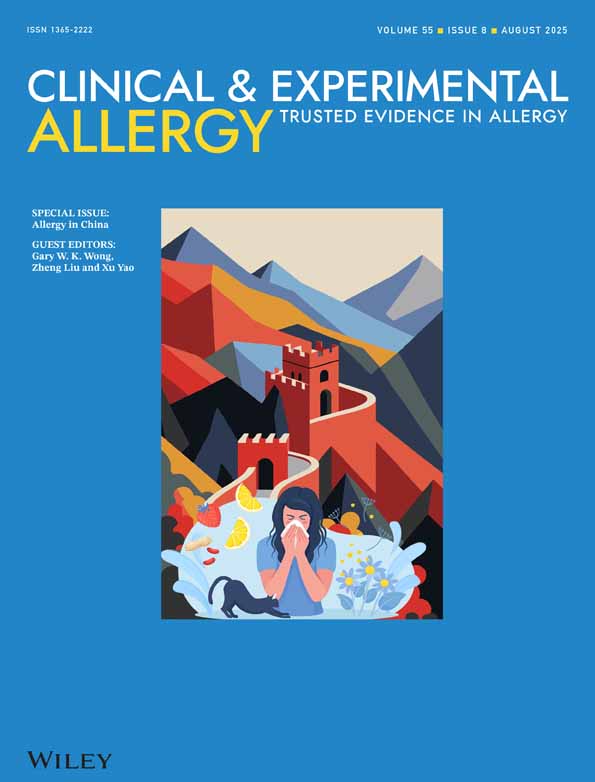Precipitating factors in respiratory allergic disease in Indonesian children
Summary
Skin test results and IgE antibody levels measured by RAST indicate that hyper-sensitivity to house dust mite (D. pteronyssinus) is a major feature of asthma and allergic rhinitis in Indonesian children. Total serum IgE levels were higher in the allergic than in control children. 60% (twenty-one out of thirty-five) of the asthmatic children and 56% (five out of nine) of the children with allergic rhinitis had IgE antibodies to the helminth Ascaris lumbricoides compared with none out of four control children. A tendency was found for high IgE antibody levels to D. pteronyssinus to occur in association with low IgE antibody levels to A. lumbricoides and vice versa.




